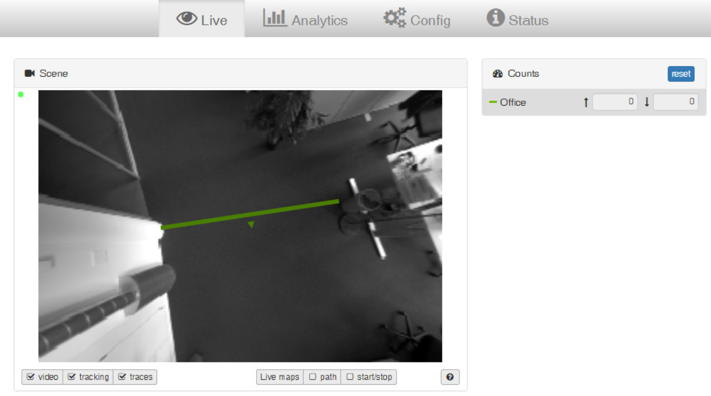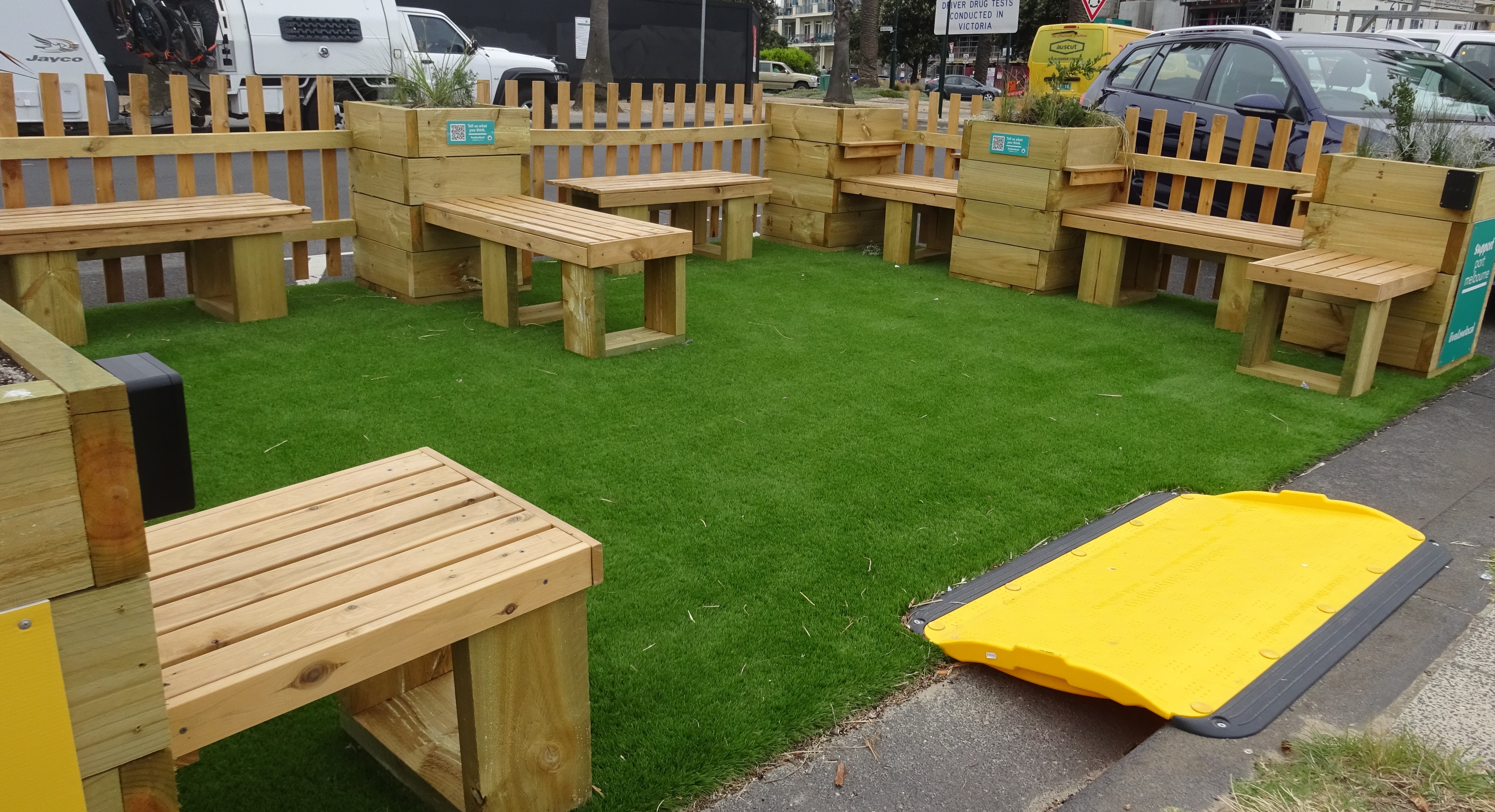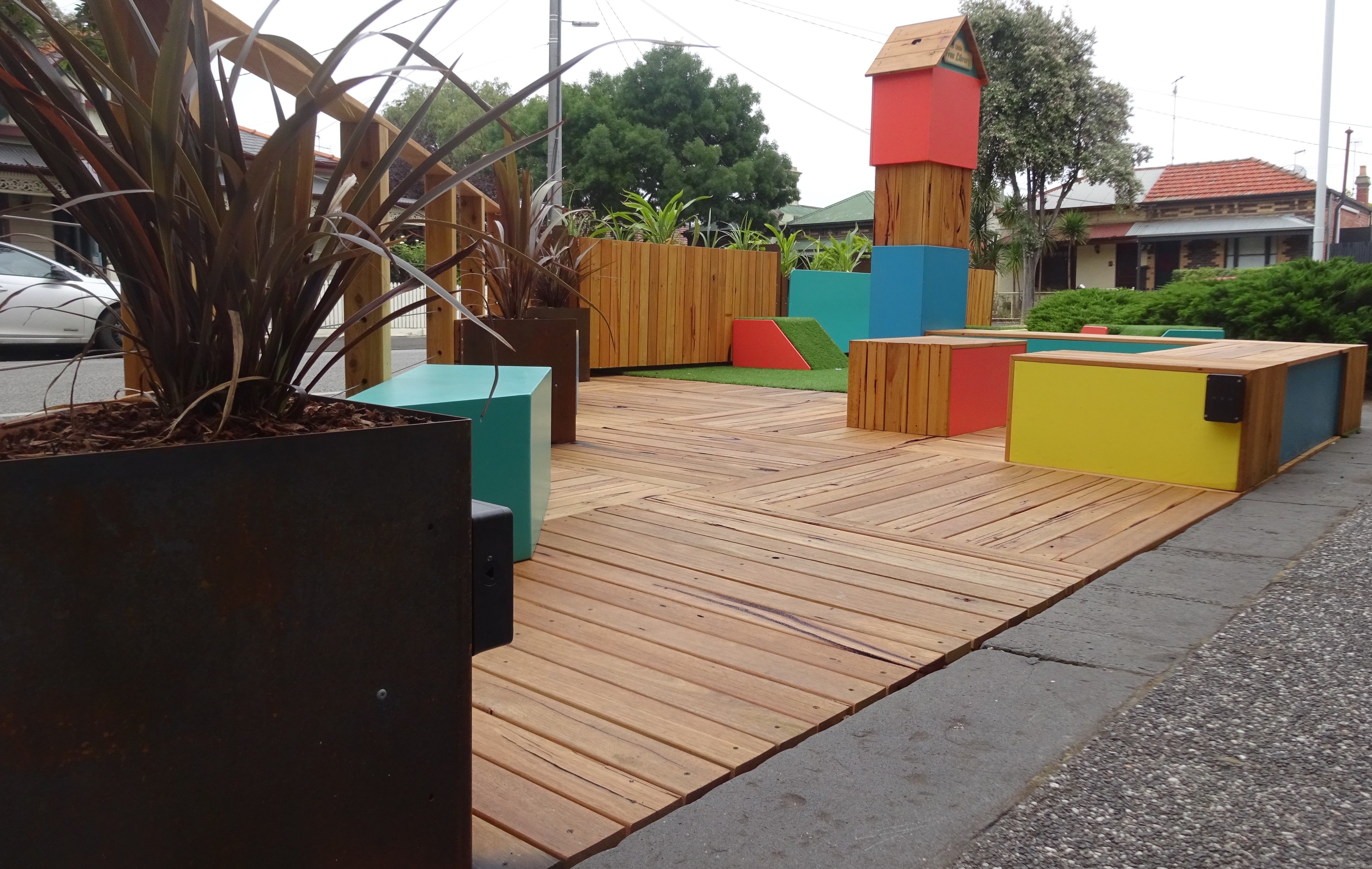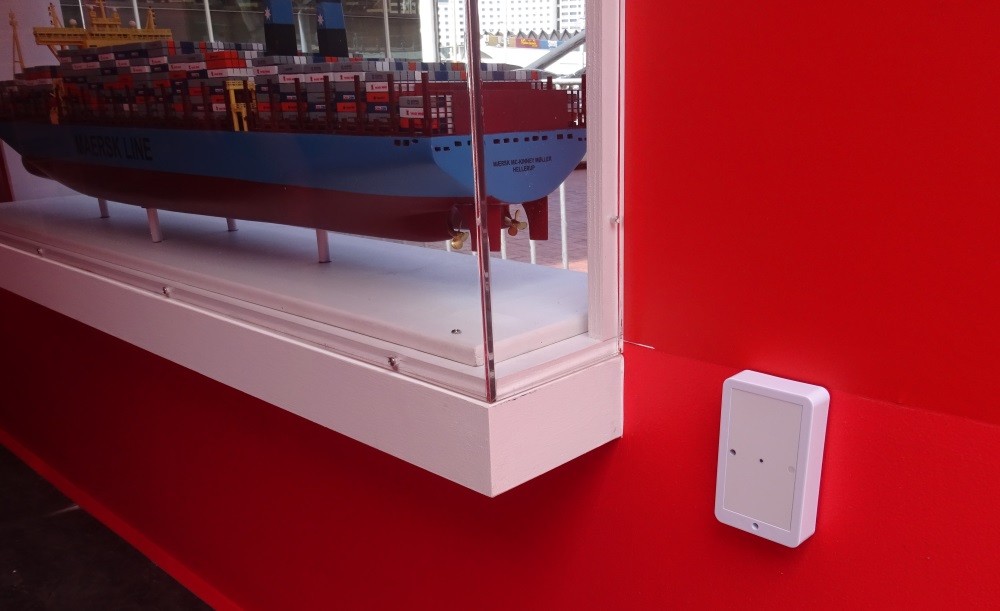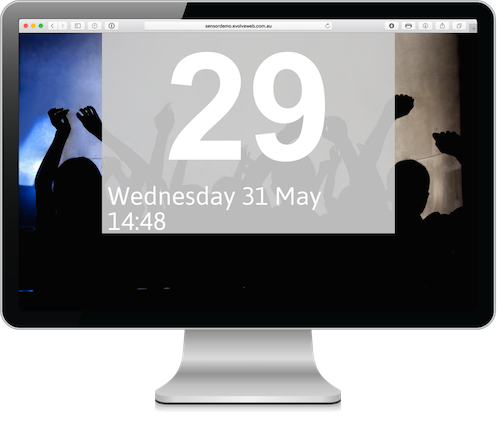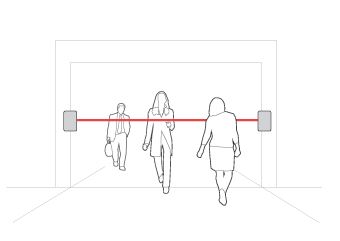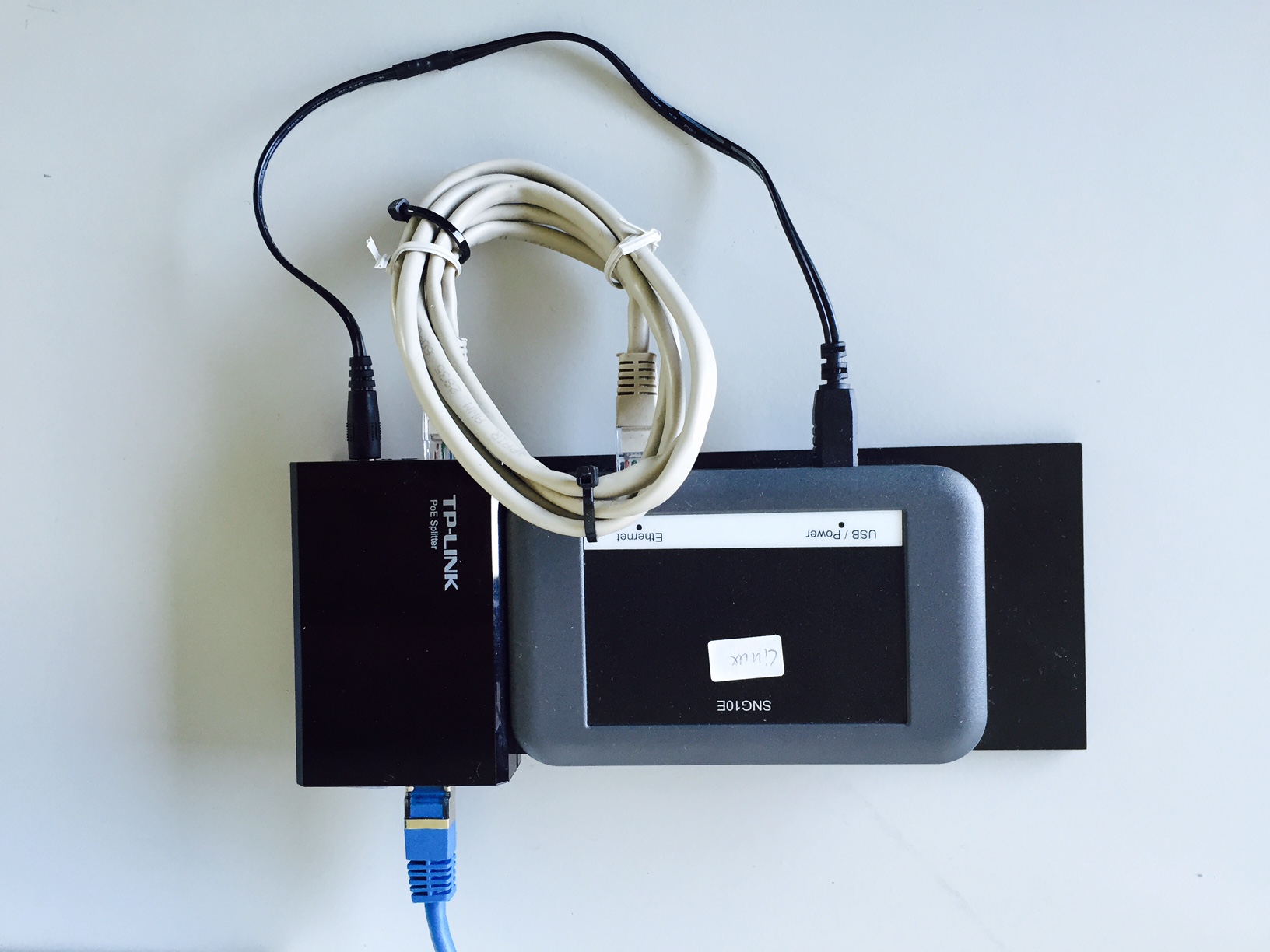We spend over 90% of our time inside built environments. With an economy that increasingly focuses on services, our working lives become overwhelmingly indoor and sedentary. Occupational physical activity has dropped to low levels so that for most people it no longer contributes significantly to overall physical activity. Less than half of Australian adults are sufficiently active for health (at least 30 minutes moving at moderate levels, such as brisk walking, per day). Moving more as well as breaking up sitting time, have great health benefits.
Climbing stairs is considered vigorous physical activity, similar in intensity to jogging or playing football. These activities are around eight times the body’s metabolic rate, or the amount of energy the body uses when resting or sleeping, or five to six times more than when sitting. Walking down the stairs, on the other hand, is not much different to walking on a flat surface and expends only twice the energy of when you’re sitting.
Stair climbing is great for health beyond energy expenditure only. Research has found that regular stair climbing can enhance longevity and increase aerobic capacity and muscle strength. Hence, using the stairs instead of the escalator or lift is a simple, free, and accessible way of incorporating more incidental physical activity into daily living.












